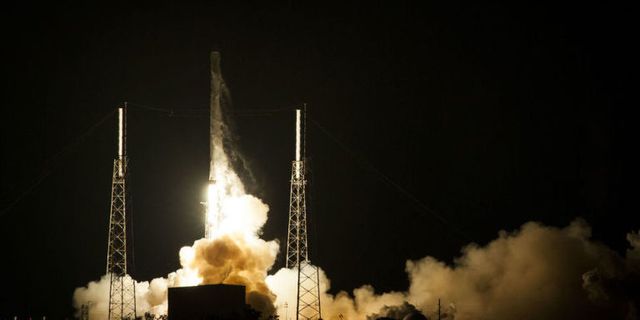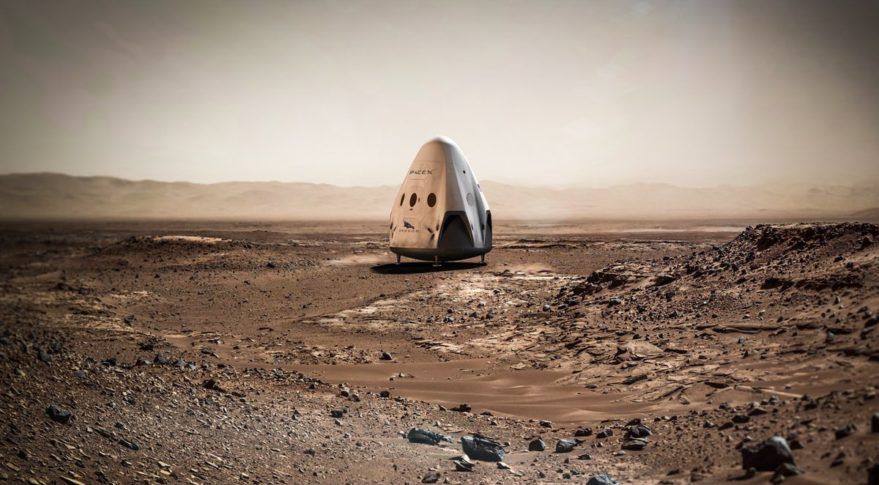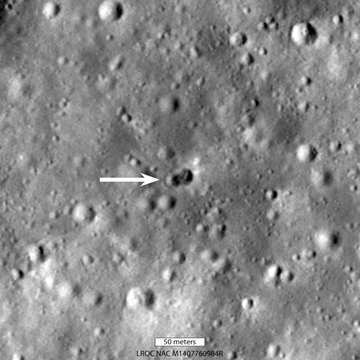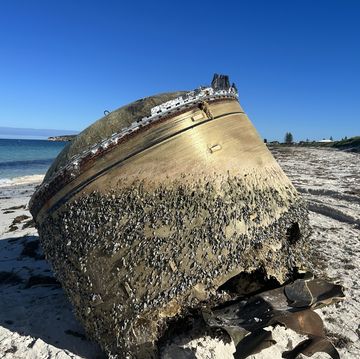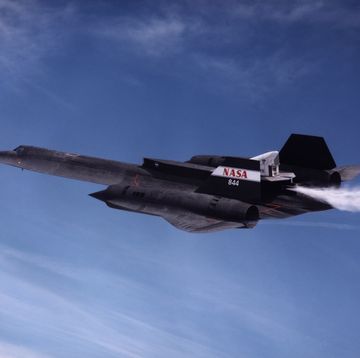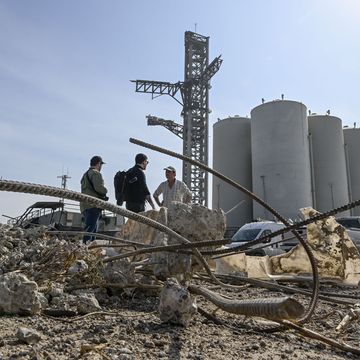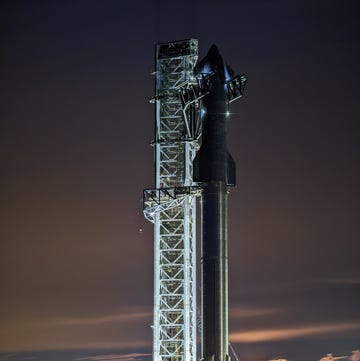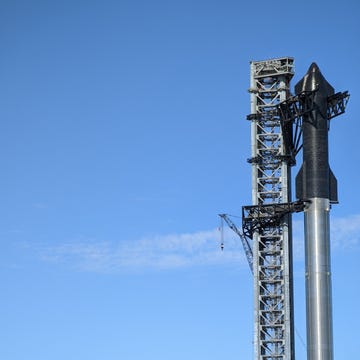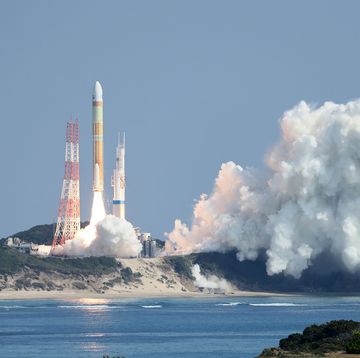Elon Musk had his head in another world yesterday when he spoke to the 67th International Astronautical Congress in Mexico. His speech was meant to announce the hardware he wants to develop to get humans permanently settled on Mars. Amid the questions from the audience, which included self-promotional goofballs and awe-struck fanboys, a woman from Russia got applause by griping that SpaceX doesn't hire people from outside the United States. "You are going interplanetary," she said. "When will you go international?"
Musk explained that he'd like to bring in international talent, as he does at Tesla, but that U.S. laws restrict him from doing so. The answer shut up the questioner, but some were left puzzled. Why would a peaceful private space program face such security-minded restrictions?
The laws Musk is talking about are export laws called International Traffic in Arms Regulations, or ITAR. Depending who who ask, they are a drag on cooperation and efficiency or the bedrock of national security. Either way, these laws guarantee that Musk can only go for homegrown talent. Or, at least, talent that knows how to navigate these laws.
The basics of these regulations is pretty simple: Information about military technology is to be limited to citizens and U.S.-based companies. The law actually uses the term "U.S. Person" to include full-blown citizens and green-card holders. When sensitive information is being bandied about, the government wants to keep companies inside the U.S. where they can be better vetted. In an age of byzantine networks of contractors and subcontractors, it seems like a prudent measure to ensure the United States doesn't hire, say, a Chinese firm that may be interested in an advanced warplane design. The U.S. State Department can grant an exception to ITAR rules. Violations bring hefty fines and can harm companies trying to win future government contracts.
That all makes sense, but where do space launches fit it?
Intercontinental ballistic missiles and orbital rockets have a lot in common. They rise from the ground, drop empty fuel tanks called boosters, and release their payloads into space. Musk launches satellites in this way. I's also the way you launch a nuclear warhead across the planet.
To be sure, the science behind these launches are different and they are by no means identical problems for engineers. In other words, it would take a lot of modding to launch a warhead from a Falcon 9. But the rocket stages, engines, and even guidance can inform a ballistic weapons program. So these items are on the ITAR list.
You see probably where this is going. ITAR regulates possible dual-use technology like rocket launches and makes working at space launch companies off-limits to non-U.S. citizens. So what kind of things are on a Falcon 9 that shouldn't be shared with, say, Iran? There's probably plenty, but here's one example.
The stages of SpaceX's Falcon 9 separate with a mechanical ball-and-socket system instead of using the industry standard: explosives. Pyrotechnic charges have been used since before Apollo to decouple the empty parts of a rocket—once the fuel is burned, fuel tanks are just unwanted weight. But the explosives need to be defused if a launch is canceled, adding expense and delay. SpaceX's design negates those concerns and enables the quick turnaround of launch vehicles. This is what happened during the company's first, aborted launch to the ISS in 2010. The flight occurred days later. There was no delay of weeks or longer that such an abort would cause other launchers.
If you put these things on an ICBM, it would be a lot easier to keep the multi-stage rocket on alert. An increase in readiness means a better capability, less overhead, more missiles. That is how dual-use works. One person's plowshare is another's sword.
Of course, there is plenty of pushback against ITAR for the very reasons we heard in Mexico. It hampers cooperation in space. And it manifests in other inconvenient ways. Some military programs, like the F-35 warplane, are designed to have international partners—the U.S. is selling the planes to many of its allies. Yet the work is restricted by ITAR. Airplanes landing on foreign airfields can't do some maintenance work if there are no secure facilities. Defense contractors that share space with civilian programs must have separate areas where foreign collaborators can't go. Airplane hangars with certain equipment on display is off-limits to visiting military officials, but U.S. journalists can come as they please. (Well, with an escort.*)
That's the nature of ITAR, a situation even Elon Musk has to abide.
Once, while reporting a story about SpaceX's launch facility, I wrote captions for the pictures and sent them to the home office for the editors to post on the Popular Mechanics website. I got a call soon after from beleaguered SpaceX spokesperson Katherine Nelson. "There's a problem with the stage separation hardware photo," she said. "You weren't supposed to take any pictures of that." I felt like a jerk, but pointed out that SpaceX never said I couldn't shoot it. Nelson didn't care too much about that: "The problem here is that image violates ITAR." In this case, I was showing the world a new, novel way of creating an intercontinental ballistic missile.
Joe Pappalardo is a contributing writer at Popular Mechanics and author of the new book, Spaceport Earth: The Reinvention of Spaceflight.
